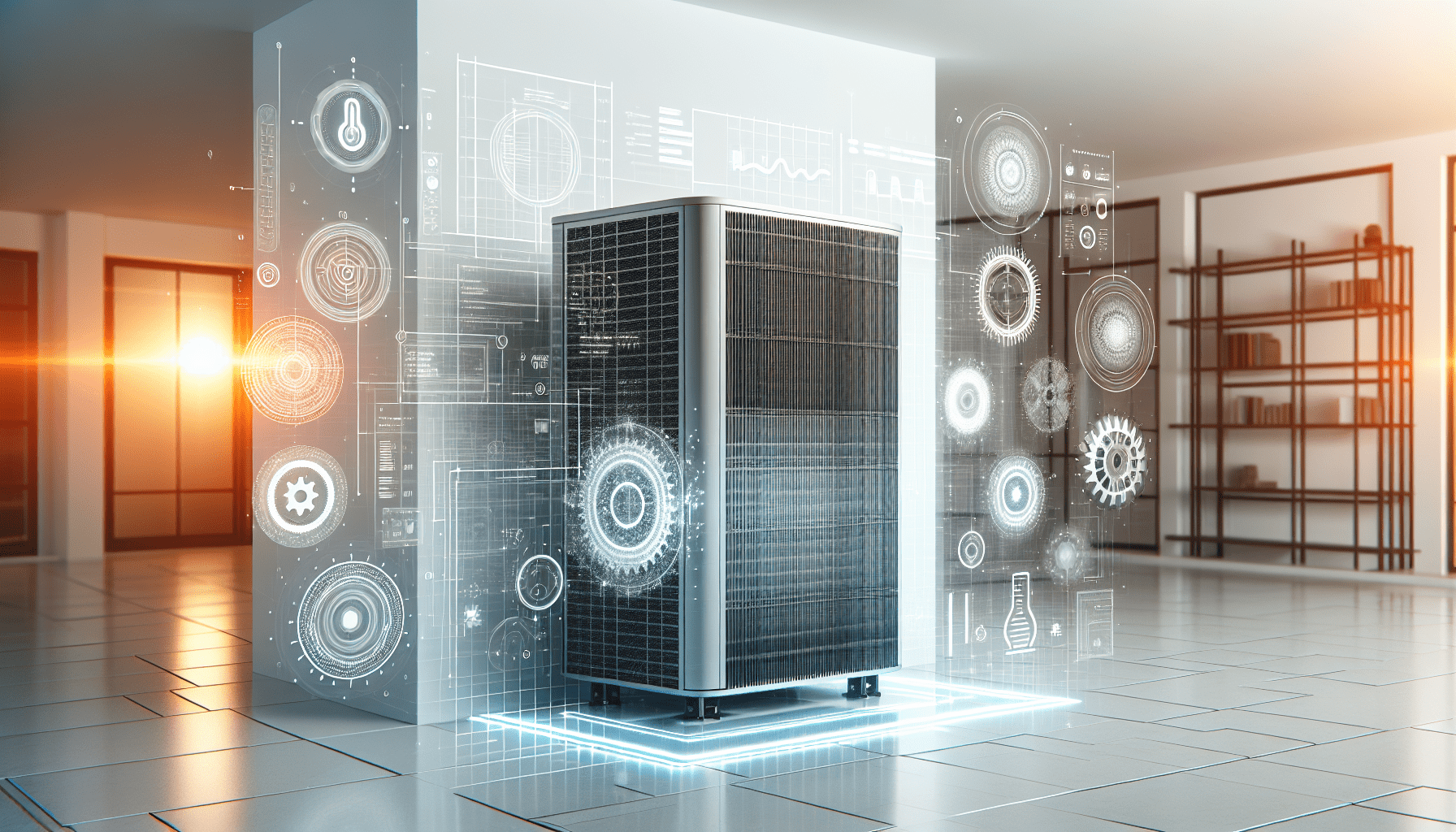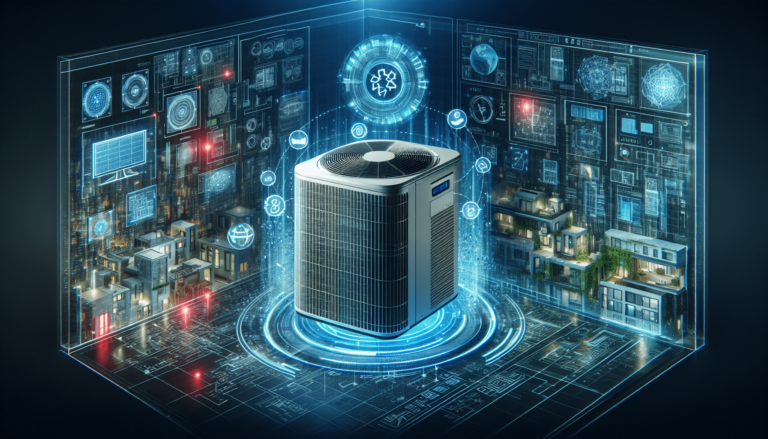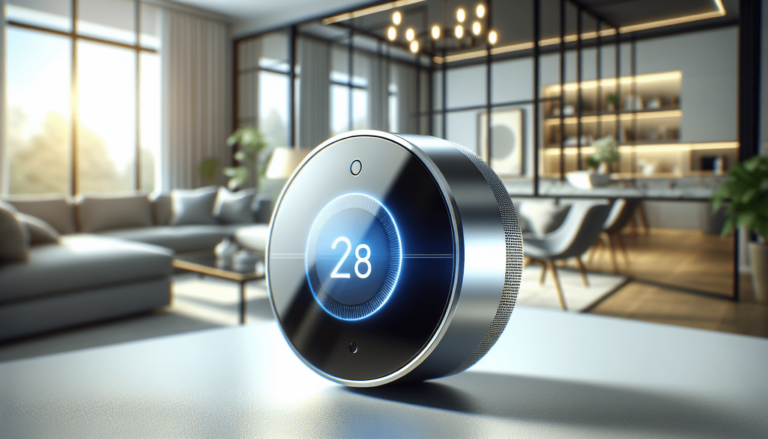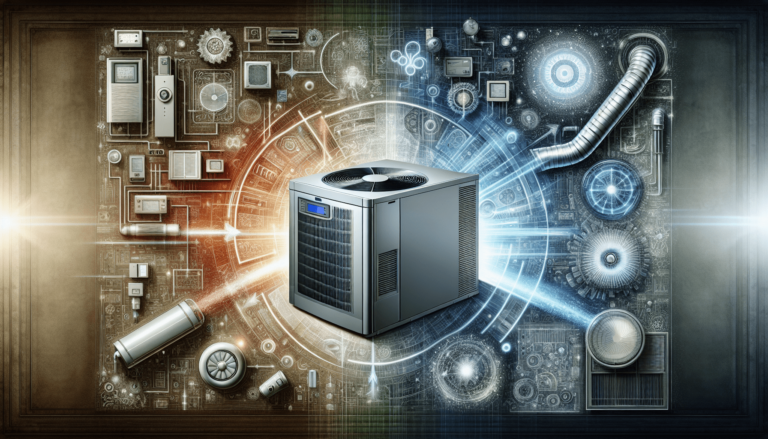

HVAC Services
Get Professional Repairs From The Area's Trusted HVAC Technicians. Ask About Our Services! We Offer Professional Heating & Cooling System Repairs And Guarantee Long-Lasting Results.
Got Question? Call us: (850) 678-2665Financing
Exploring The Evolution Of HVAC Systems
Explore the history of HVAC systems from ancient methods to today's smart technologies. Discover Tempacure's role in Niceville, FL, in advancing modern comfort.

Have you ever stopped to think about how we’ve gone from sweating it out in sweltering heat or shivering in bone-chilling cold to the consistent, comfortable climates we enjoy in today’s buildings? It’s as though a benevolent wisp of technology waves a magical wand, and poof, you’re cooled in summer and wrapped in a warm hug in winter. If you’ve marveled at this modern marvel, you’re not alone.
Tempacure Heating and Air Conditioning, nestled in the charming town of Niceville, FL, stands as a testament to how far we’ve come in the realm of Heating, Ventilation, and Air Conditioning (HVAC) systems. Let’s take a journey into the past, glide through the present, and peek into the future of HVAC systems.

The Early Days: A World Without HVAC
Imagine life before air conditioning. You’d be sweating buckets in summer and struggling to keep warm in winter. How did our ancestors manage? Well, it involved a lot of ingenuity, and yes, a considerable amount of suffering.
Natural Ventilation and Fireplaces
Before the advent of modern HVAC systems, people relied on natural methods to regulate the indoor climate. They built homes with high ceilings, large windows, and strategically placed ventilation openings to maximize airflow. Fireplaces were the primary source of heating.
- High Ceilings and Large Windows: High ceilings allowed hot air to rise, while large windows provided much-needed cross-ventilation.
- Fireplaces: More than just a source of heat, fireplaces were the heart of the home, a gathering place for families to stay warm during cold winter nights.
Though effective to a degree, these methods were rudimentary and inconsistent. Comfort was often a matter of waiting for the weather to change.
The Birth of Modern Heating Systems
We’ve all taken a seat next to a crackling fire or a blazing furnace, but when did we start seeing these as the standard bearers of comfort?
The Advent of Central Heating
The mid-19th century marked the advent of central heating, an innovation that drastically changed how people heated their homes. Initially, steam and hot water heating systems were installed in buildings to provide uniform heating throughout.
- Steam Heating: Developed around 1855, steam heating systems used boilers to heat water, turning it into steam that traveled through pipes to radiators.
- Hot Water Radiators: In the early 20th century, hot water radiators became the preferred heating method over steam.
This marked a significant departure from the inconsistent and labor-intensive methods of heating used previously.
Air Conditioning Enters the Scene
If central heating was the pioneering soul of comfort, air conditioning was its cool, breezy sibling who showed up fashionably late to the party.
The First Air Conditioner
Invented in 1902 by Willis Carrier, the first air conditioner was designed to control the humidity levels at a printing plant. Who knew that managing paper dimensions would lead to a revolution in personal comfort?
- Initial Purpose: Willis Carrier designed this device not to cool people, but to regulate humidity, which helped paper remain the same size and ink to align correctly.
- Commercial Use: In the following years, cinemas, department stores, and public buildings began adopting air conditioning systems, making them oases of comfort.
Household Adoption
Residential air conditioning didn’t become common until the 1950s when window-mounted units and central air systems made their way into homes across America.
- Window-Mounted Units: Introduced in the 1930s, these were the first air conditioners affordable enough for common households.
- Central Air Systems: By the 1960s, more homes were being built with central air conditioning, leading to the consistent and more efficient cooling methods we use today.
The Evolution of HVAC Technologies
Innovation didn’t stop with the initial excitement of having just heating or cooling capabilities. The advances in HVAC systems continued, aiming for higher efficiency, lower environmental impact, and improved user control.
Programmable Thermostats
One of the earliest significant advancements was the introduction of programmable thermostats.
- Basic Programmable Thermostats: These devices allowed users to set schedules based on their daily routines, reducing energy consumption and costs.
- Smart Thermostats: In recent years, smart thermostats have taken over, offering more sophisticated capabilities such as remote control via smartphones and learning algorithms that adapt to individual preferences.
Heat Pumps and Energy Efficiency
Heat pumps emerged as an efficient alternative to traditional heating and cooling methods. They work by transferring heat from one place to another, providing both heating in winter and cooling in summer.
- Energy Efficiency: Heat pumps use significantly less energy compared to traditional HVAC systems, making them an eco-friendly choice.
- Types: There are air-source, ground-source (geothermal), and water-source heat pumps, each suitable for different climates and applications.
Zoned HVAC Systems
Advanced HVAC systems can now create different temperature zones within a building, addressing individual comfort needs more precisely.
- Zone Dampers: Installed in the ductwork, these control the flow of air to different parts of the building.
- Smart HVAC Systems: These systems use sensors and smart controls to regulate temperature, humidity, and airflow in each zone.

Today’s HVAC Trends and Innovations
Whether it’s sustainable energy, ergonomic design, or IoT integration, today’s HVAC systems are like Swiss Army knives—packed with multiple functionalities that serve various needs.
Focus on Sustainability
With growing awareness of environmental issues, modern HVAC systems are designed with sustainability in mind.
- Energy Star Certification: Many new HVAC systems come with Energy Star certification, indicating they meet strict energy efficiency guidelines.
- Solar-Powered HVAC: Some systems now integrate with solar panels, reducing dependency on conventional power sources.
Smart and Connected Systems
The Internet of Things (IoT) has made its way into HVAC, allowing for unprecedented control and monitoring.
- Remote Control: You can now control your HVAC system from anywhere using a smartphone app.
- Predictive Maintenance: Smart systems can predict when maintenance is required, reducing downtime and extending the lifespan of the equipment.
Indoor Air Quality (IAQ)
Indoor air quality has become a significant focus in recent years, particularly in light of the COVID-19 pandemic.
- Air Purification Systems: Modern HVAC systems often come with built-in air purifiers that can remove pollutants, allergens, and even viruses from the air.
- Humidity Control: Maintaining the right level of humidity is essential for comfort and health, and advanced HVAC systems can regulate this automatically.
The Future of HVAC: What Lies Ahead
Predicting the future is always a bit like reading tea leaves, but certain trends and technological advancements give us a glimpse of what may lie ahead.
Integration with Renewable Energy
As the world moves towards renewable energy, HVAC systems will increasingly integrate with these sustainable sources.
- Geothermal Systems: More widespread adoption of geothermal heating and cooling systems, which use the Earth’s natural heat.
- Hybrid Systems: Combining multiple renewable sources, such as solar and wind, with traditional HVAC systems to maximize efficiency.
Artificial Intelligence and Machine Learning
AI and machine learning are set to revolutionize HVAC technology by making systems smarter and more adaptive.
- Predictive Analytics: Future systems will use predictive analytics to anticipate user needs, adjusting temperature and airflow for optimal comfort.
- Self-Learning Algorithms: These algorithms will continuously learn and adapt to your preferences and habits, making manual adjustments almost unnecessary.
Enhanced Health Features
Future HVAC systems will likely focus more on health and wellness.
- Advanced Air Purification: Incorporating technologies that can remove even more types of pollutants, allergens, and pathogens from the air.
- Health Monitoring: Sensors that can monitor indoor air quality in real-time and alert you to potential issues like mold or high pollen levels.
Conclusion
The journey from fireplaces and natural ventilation to sophisticated, smart systems that maintain perfect indoor climates is nothing short of remarkable. Tempacure Heating and Air Conditioning exemplifies the convenience and comfort modern HVAC systems bring to our lives in Niceville, FL, and beyond.
Remember, the next time you find yourself basking in a perfectly cooled room on a sweltering summer day, or enjoying the cozy warmth on a cold winter night, give a small nod to the brilliant minds that have turned the science of comfort into an art.
If you ever need to understand the beating heart of your comfort, the folks at Tempacure Heating and Air Conditioning at 325 Cedar Ave S, Suite B, Niceville, FL 32578, are just a call away at (850) 678-2665 or a click away at https://tempacurehvac.com/.
Stay comfortable, stay curious.







